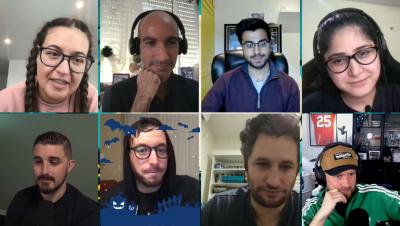Secure Containers Easily with Base Image Management
Greatly reduce vulnerabilities using Snyk's advanced container analysis. This session focuses specifically on the Base Image Management capabilities. Snyk helps software-driven businesses develop fast and stay secure. Continuously find and fix vulnerabilities for npm, Maven, NuGet, RubyGems, PyPI and more.











